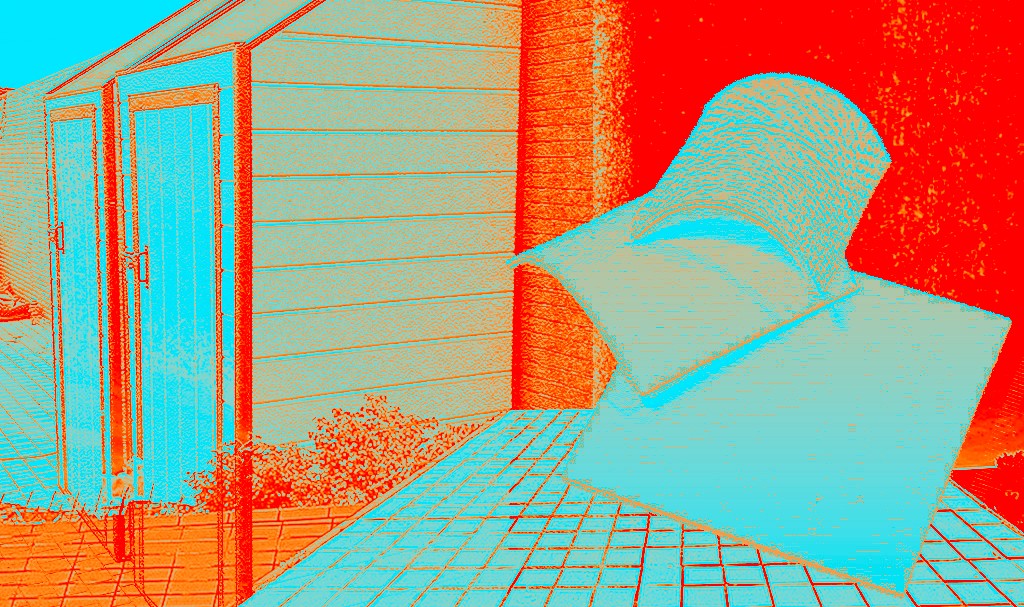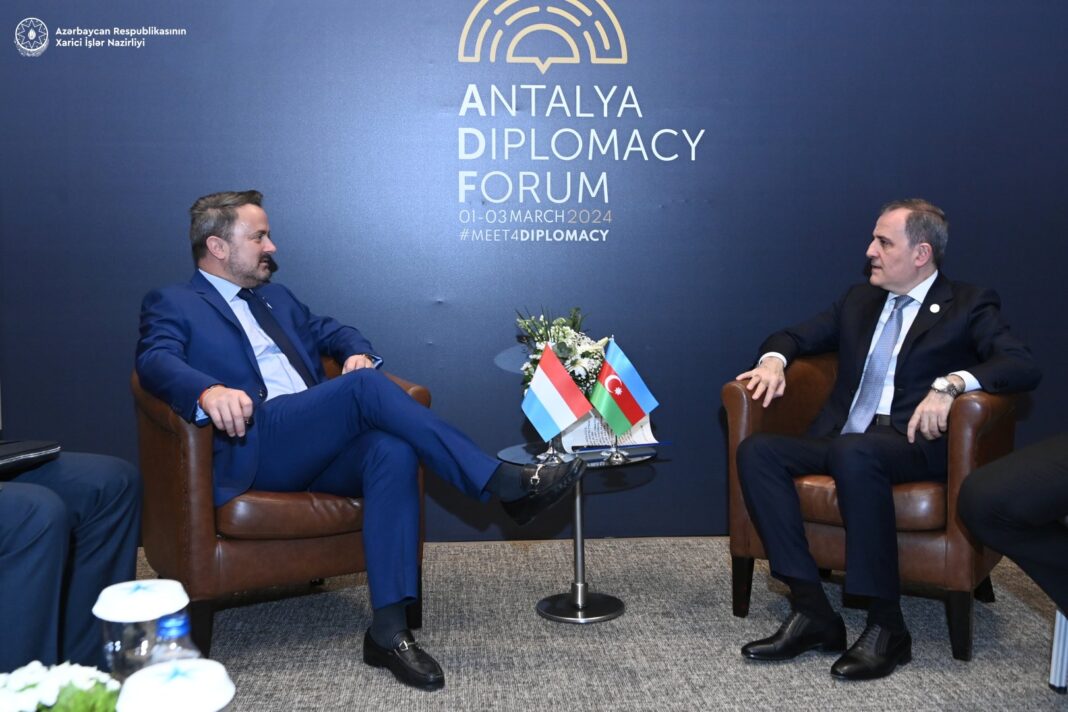Asian Scientist Magazine (Feb. 02, 2024) — In a novel study, researchers from The Hong Kong Polytechnic University (PolyU) and the City University of Hong Kong have created a hierarchically structured passive radiative cooling ceramic with a staggering solar reflectivity of 99.6 percent. The innovation draws inspiration from the natural glittering of the Cyphochilus beetle, which is known for its exceptional bio-whiteness. The study was published in Science.
A lot of money is spent around the world to keep homes and buildings cool when it’s hot outside. The building elements that are used now have a limited capacity to reflect solar heat. The study talks about the problems with modern passive radiative cooling technologies, like how expensive they are and their limited applications. This new cooling ceramic is different from polymeric photonic alternatives. It has high thermal emissivity, weather resistance and mechanical strength, which could make it a game-changer in sustainable energy solutions, especially in building construction.
The study was led by Professor Wang Zuankai, lead author of the study from the Hong Kong Polytechnic University. In an article published on EurekAlert, he said, “our work on cooling ceramic is an example of the power of learning from nature. It fills in a big research gap in passive radiative cooling, especially when it comes to high solar reflectivity.”
The Cyphochilus beetle, which is the whitest known beetle. By looking at the scattering system in beetles’ scales, researchers were able to create a cooling ceramic with a hierarchically porous structure that worked very well during the day and used less energy for cooling inside.
This cool ceramic does more than just reflect sunlight; it also inhibits the Leidenfrost effect, which was a big step forward in Wang’s earlier research project. At very high temperatures, the Leidenfrost effect usually slows down the flow of heat. Prof. Wang’s structured thermal armour (STA) not only solves this problem but also makes it possible for liquids to cool down very quickly at very high solid temperatures.
The Leidenfrost effect has been looked into for the first time in the context of passive radiative cooling materials. Because it is water-loving, the cooling ceramic stops the Leidenfrost effect at temperatures above 800°C during the cooling process by evaporation.
“One of the most important things that makes the cooling ceramic work is its hierarchical porous structure, which is similar to the porous membrane used in the STA design,” said Wang. Because of its complex structure, the ceramic can effectively absorb and evaporate water, which effectively stops the Leidenfrost effect.
This cooling ceramic is very useful because it can be made to achieve multiple functionalities through simple fabrication and manipulation. “The cooling ceramic not only exhibits exceptional cooling performance through its bio-inspired structure from the white beetle but also possesses valuable features such as self-cleaning properties, robust mechanical strength, and Leidenfrost effect depression,” said Wang.
Source: The Hong Kong Polytechnic University ; Image: Shelly Liew/Asian Scientist Magazine
The article can be found at: Hierarchically structured passive radiative cooling ceramic with high solar reflectivity
Disclaimer: This article does not necessarily reflect the views of AsianScientist or its staff.


